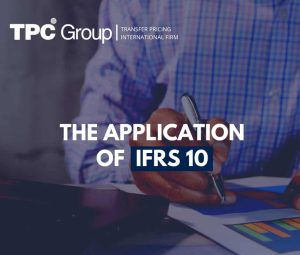What are cash flows?
Cash flows are the cash inflows and outflows arised in an entity, mainly as a result of the production and sales of goods and/or services to generate profits.
IAS 7 defines the following:
- Cash flows are the inflows and outflows of cash and cash equivalents.
- Cash comprises both cash and demand bank deposits.
- Cash equivalents are short-term, highly liquid investments readily convertible to specific amounts of cash, which are subject to a low risk of changes in value.
What are the different cash flows?
In economic entities, the generation of cash arises from actions that represent positive cash flows and the use thereof, negative cash flows. Thus, they can be generally listed as follows:
Positive cash flows:
- Customer collections.
- Capital contributions from shareholders.
- Bank loans.
- Asset sales.
Negative cash flows:
- Payments to suppliers
- Bank loan payments
- Operating, administrative, and other expenses
- Payment of social benefits, wages, and salaries
- Dividend payments
- New investments
What is the Standard dealing with cash and cash flow?
International Accounting Standard No. 7 (IAS 7) gathers information on the historical changes in an entity’s cash and cash equivalents through a cash flow statement in which fund flows for the period are classified by operating, investing, and financing activities.
Why is cash flow important?
The information presented by an entity’s cash flows is essential for the continuity of operations. Knowing the cash flow allows users of financial statements to know:
- The ability of the entity to generate cash and cash equivalents
- The entity’s needs to use cash flows
- The financing or investment needs
Each entity must adequately manage and control liquidity to face the continuity of its operations and any situation that may arise within its budgets to obtain profitability and solvency in the short, medium, and long term.
In this regard, the best scenario for cash management is to increase cash inflows, mainly generated by sales of goods and/or services, and collect cash quickly (cash, advances). In addition, reduce cash outflows by discounting the purchase of materials and/or reducing unnecessary expenses, and delaying payments by increasing payment terms.
Classification of cash flows under IAS 7
The statement of cash flows shall report cash flows during the period, classified by activity:
- Operating activities are those that constitute the entity’s main source of income, as well as other activities that cannot be classified as investing or financing ones.
- Investing activities are the acquisition and disposal of long-term assets and other investments not included in cash equivalents.
- Financing activities are those that produce changes in the size and composition of the entity’s equity and loans.
Islava Zulema Ruiz Quiroz Degree in Public Accounting




